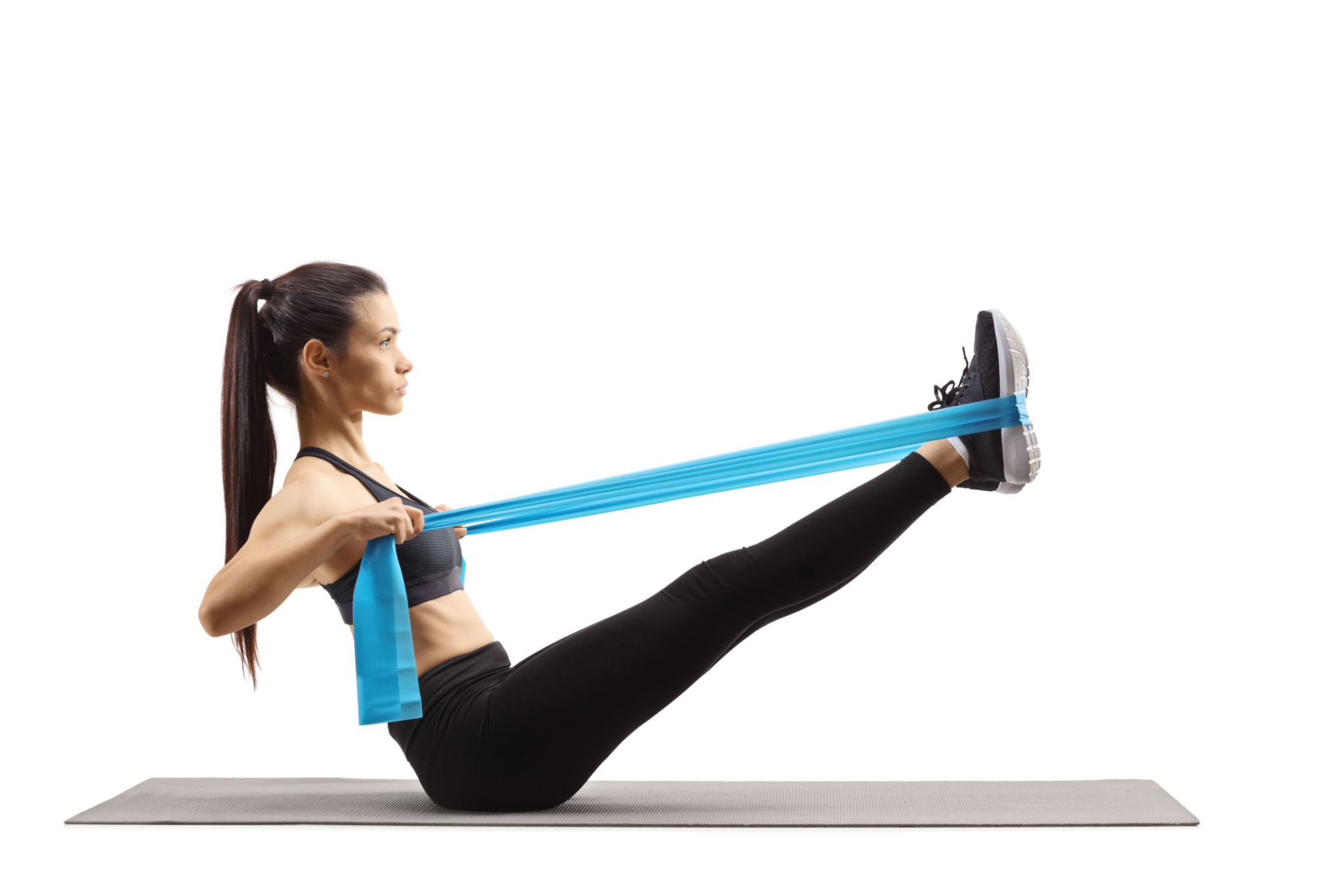The Science Behind Stretching: Debunking Common Stretching Myths
Understanding the Basics of Stretching
Stretching is often considered a crucial component of fitness routines, yet many misconceptions surround this practice. Understanding the science behind stretching can help in debunking common myths and utilizing it effectively for improved flexibility and performance. Stretching involves lengthening muscles and tendons, increasing the range of motion around a joint.
There are various types of stretching, including static, dynamic, ballistic, and proprioceptive neuromuscular facilitation (PNF). Each type serves a different purpose and can be incorporated into fitness routines differently. The choice of stretching type often depends on the individual's goals and the specific physical activities they engage in.

Myth 1: Stretching Prevents Injury
A common belief is that stretching before exercise can prevent injuries. However, research suggests that while stretching can improve flexibility, it does not necessarily prevent injuries. The key to injury prevention lies in a comprehensive warm-up routine that includes dynamic stretches to increase blood flow and prepare muscles for activity.
Static stretching, often reserved for post-exercise, helps in improving flexibility and relaxing muscles. This type of stretching is more beneficial after a workout when the muscles are warm and more receptive to elongation.
Myth 2: Stretching Reduces Muscle Soreness
Many people stretch with the intention of reducing muscle soreness after exercise. However, studies indicate that stretching has little impact on delayed onset muscle soreness (DOMS). The soreness experienced after intense workouts is primarily due to microscopic damage to muscle fibers, which stretching does not directly address.

Instead of relying solely on stretching, incorporating adequate rest, hydration, and nutrition into post-workout recovery can be more effective in alleviating muscle soreness.
The Role of Stretching in Flexibility
Stretching plays a significant role in enhancing flexibility. Regular stretching can lead to increased muscle length and a greater range of motion, which can improve overall athletic performance. Flexibility training should be a consistent part of an individual's fitness regimen to achieve these benefits.
When stretching for flexibility, it's essential to focus on the major muscle groups and hold each stretch for at least 15-30 seconds. Consistency is key, and incorporating a variety of stretching techniques can help maintain balanced flexibility throughout the body.

Incorporating Stretching into Your Routine
To make the most of stretching, it's important to tailor your routine to your specific needs and goals. Combining both dynamic and static stretches can provide comprehensive benefits. Dynamic stretches are ideal for warming up, while static stretches can aid in cooling down and improving flexibility post-exercise.
- Dynamic stretches: Arm circles, leg swings, walking lunges
- Static stretches: Hamstring stretch, quadriceps stretch, shoulder stretch
By understanding the science behind stretching and debunking common myths, you can integrate effective stretching techniques into your fitness routine for enhanced performance and flexibility.
